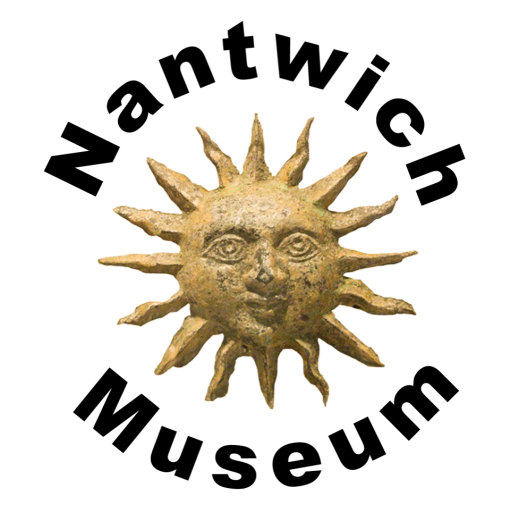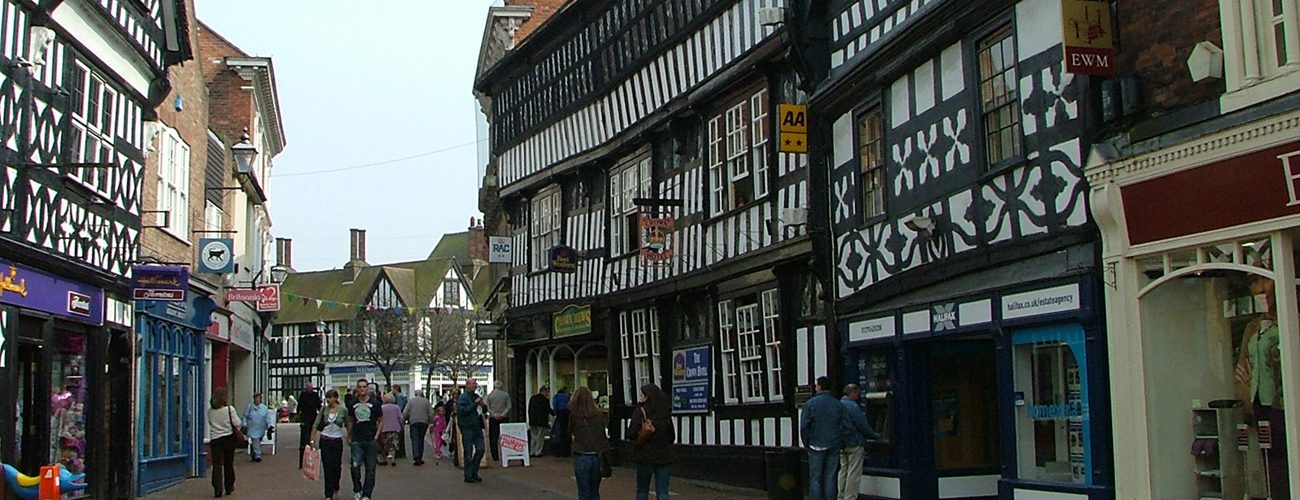
Sir Edmund Wright was born in Elizabethan times in Hospital Street, Nantwich the son of Randall (or Rondull) Wright (d. 1596), mercer, and his second wife, Margaret Edwards (d. 1586). Both his parents were also from Nantwich.
We don’t know exactly when he was born, but St Mary’s Church Parish Registers records his baptism on 24th November 1573. Before he was 18 Edmund Wright was sent to London, to be bound apprentice to William Coldringe of the Grocers’ Company. Edmund gained his freedom in 1599. In 1614 he was elected to the Livery Companies of the City of London. In 1615 he was admitted to the Artillery Company, and was made free of the East India Company. He married Martha Barnes (1596–1631) on 12 June 1614. Martha Barnes (1596–1631) was the daughter of Edward Barnes, who was that year master of the Mercers’ Company. The couple had five daughters.
He became a very wealthy merchant (trading in cloves, pepper, and indigo, and other goods). In 1629 he bought the Swakeleys Estate and built a grand mansion
After the death of his first wife, in 1631, he married Joan Bennett (1599/1600–1636). It’s thought he married for a third time, after Joan died, but details of his third wife are not known.
In 1638 he established six almshouses in Nantwich. The Wrights Almshouses were for the poor men of Nantwich, and priority was given to anyone who had “Wright” as a surname!
In 1640 Edmund Wright became the Lord Mayor of London, and on 20 June 1641 he was knighted by Charles I.
When he died, in 1643, Sir Edmund Wright was an extremely wealthy man. He left £18,067 in bequests, as well as cash gifts to a number of people. He left a £30 per annum annuity for the Nantwich almshouses, and left properties in Nantwich, London, Uxbridge, Kent and the Manor of Swakeleys. You can view his will at The National Archives, Ancestry or The Genealogist.

